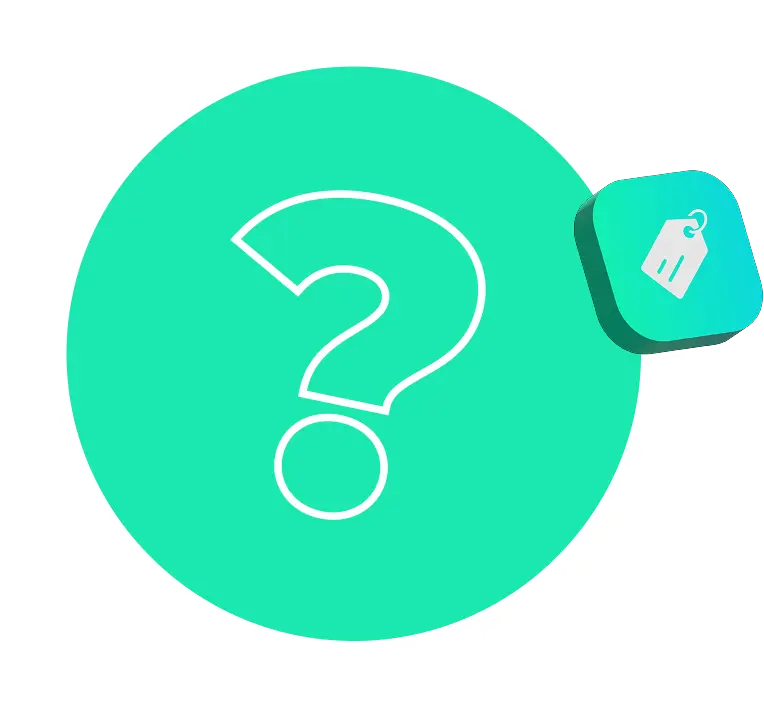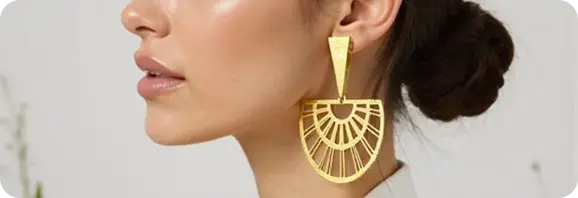In a world where thousands of clothing brands launch every year, getting noticed is no longer an option, it’s a matter of survival. Yet many fashion entrepreneurs and retailers struggle to find effective content ideas to promote their brand and create a real connection with their audience. According to HubSpot, 70% of consumers prefer to discover a brand through content rather than traditional advertising.
The good news? You don’t need a state-of-the-art photo studio or a full-time community manager to create content that sells. In this article, we share with you 10 concrete ideas that are adapted to your daily life as a retailer, stylist or designer. The aim: to inspire, enhance your products and, above all, convert.
And if you’re looking to source trendy clothes directly from reliable wholesalers, don’t forget to visit MyFashionWholesaler.com, the reference tool for fashion professionals.
1. Show your brand behind the scenes
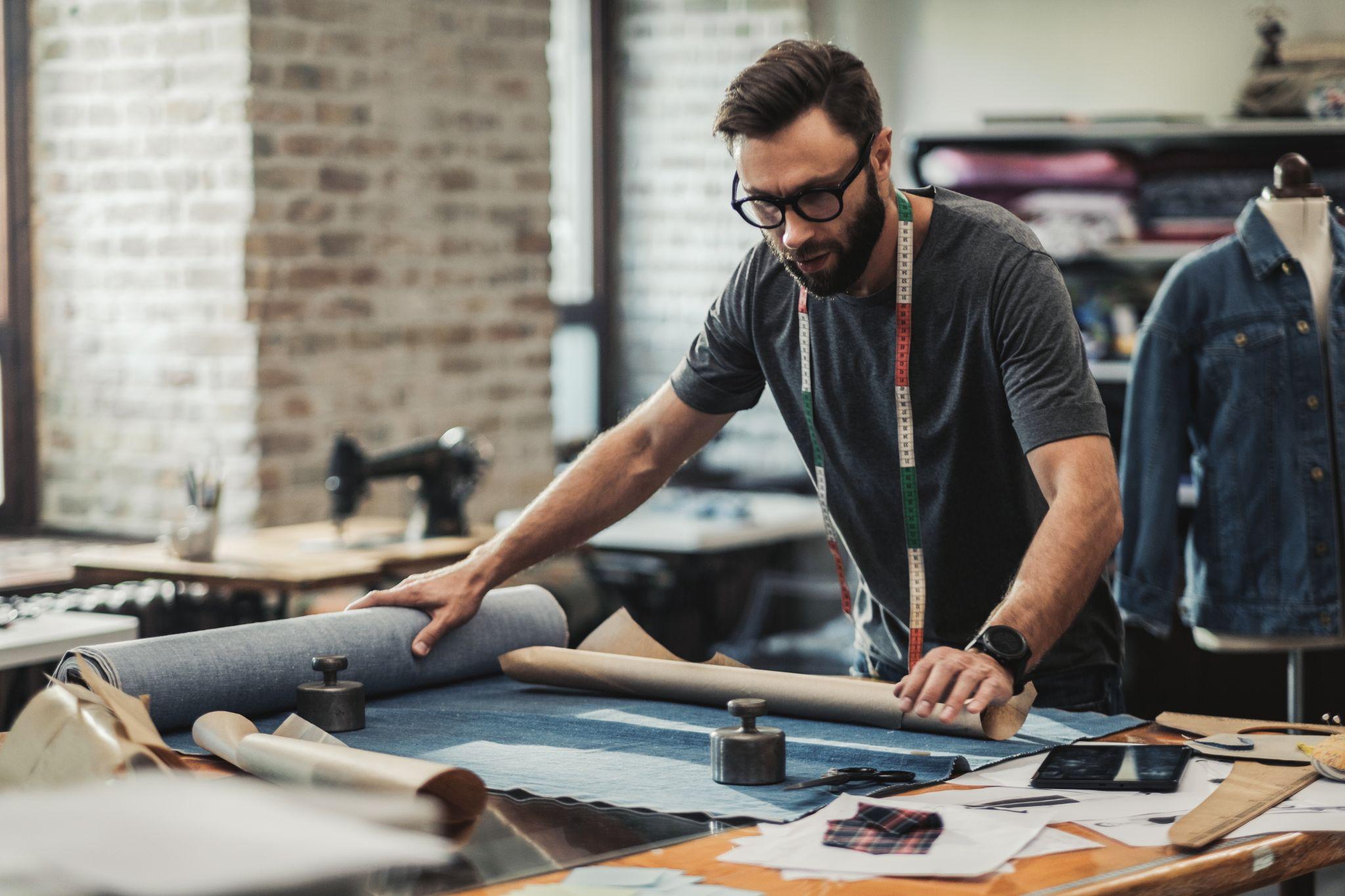
Humanizing your brand is more than a trend: it’s a strategy. Your customers want to know who they’re buying from, understand your vision, feel the energy that drives your project. Share snapshots of your daily life: the selection of fabrics, the sketches, the production galleys or the small joys of the first sale.
Ideal formats: Instagram stories, real TikTok, mini-vlogs on YouTube.
Tip: Show yourself! A photo or video of you, the designer, is sometimes enough to create a strong bond with your community.
📍 Looking for reliable suppliers for your collections? Discover our directory on MyFashionWholesaler.com.
2. Show before-and-after photos and customer fittings
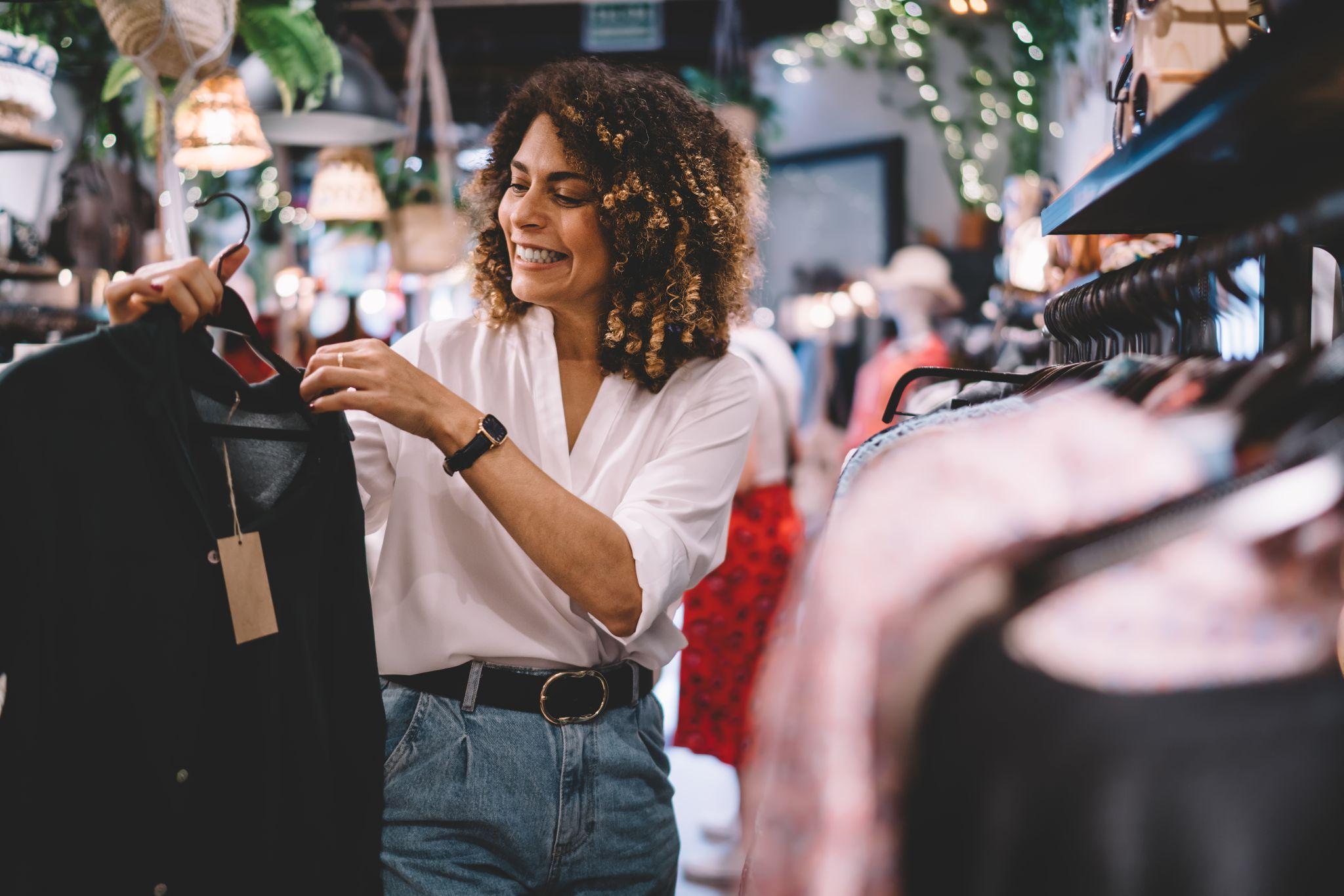
Nothing is more convincing than visible transformations. Before-and-after shots give a clear idea of a garment’s potential, especially for oversized pieces, coordinated ensembles or evening wear.
Content idea: Ask your customers to send you photos of their outfits, then publish them with their approval.
Add a brand hashtag to centralize all visuals on Instagram.
Example: #MyStyleWith[BRANDNAME]
Alternatively, if you don’t yet have any customer content, you can do some before-and-after staging of your own. For example, show a basic “before” silhouette (no accessories, no highlighting), then a complete “after” outfit, adding your pieces, accessories and consistent styling. You can also use a mannequin or collaborate with a friend, shop assistant or intern to illustrate the visual effect. This allows you to remain autonomous while enhancing the impact of your products.
3. Create seasonal lookbooks, OOTDs and moodboards

Inspiring visuals sell. A well-designed lookbook, OOTD (Outfit of the Day) or moodboard can create a universe around your collection and inspire your customers to fall in love with it.
Objective: Create a mood, arouse emotions, make people want to identify with you.
Useful tools: Canva, Pinterest, Adobe Express.
Recommended formats: Instagram carousels, Pinterest visuals, OOTD series in reels or stories, downloadable PDFs on your site.
4. Answer the most frequently asked fashion questions

Many customers hesitate about sizes, combinations or occasions for wearing certain pieces.
Tip: Create a recurring FAQ in the form of videos or “style tips” posts.
Examples of themes:
- How to wear a long dress in winter?
- Which jacket is right for you?
- 3 ways to wear a coordinated set
5. Make inspiring product zooms

Every piece you sell has a story. Take advantage of this to create short but powerful content around a flagship reference. A well-constructed product zoom reveals the assets invisible to the naked eye: craftsmanship, technical details, versatility… but also the emotions and values it embodies.
Tip: Talk about the fabric (fluid, stretch, textured…), the fit (structural, loose, fitted), the finish (invisible seams, gold buttons, handmade embroidery) and the emotion it conveys (elegance, comfort, confidence, femininity, etc.). Also point out the small details that can justify the price or differentiate it from a classic product.
Bonus idea: Put forward “inspired looks” around the piece in question: suggest 2 or 3 ways of wearing it (casual, professional, chic), with complementary pieces from your collection.
Formats: Demo videos with fitting and narration, Instagram carousels with detail-by-detail focus, enriched product sheet on your site, storytelling-style voice-over reels.
6. Offer educational video content
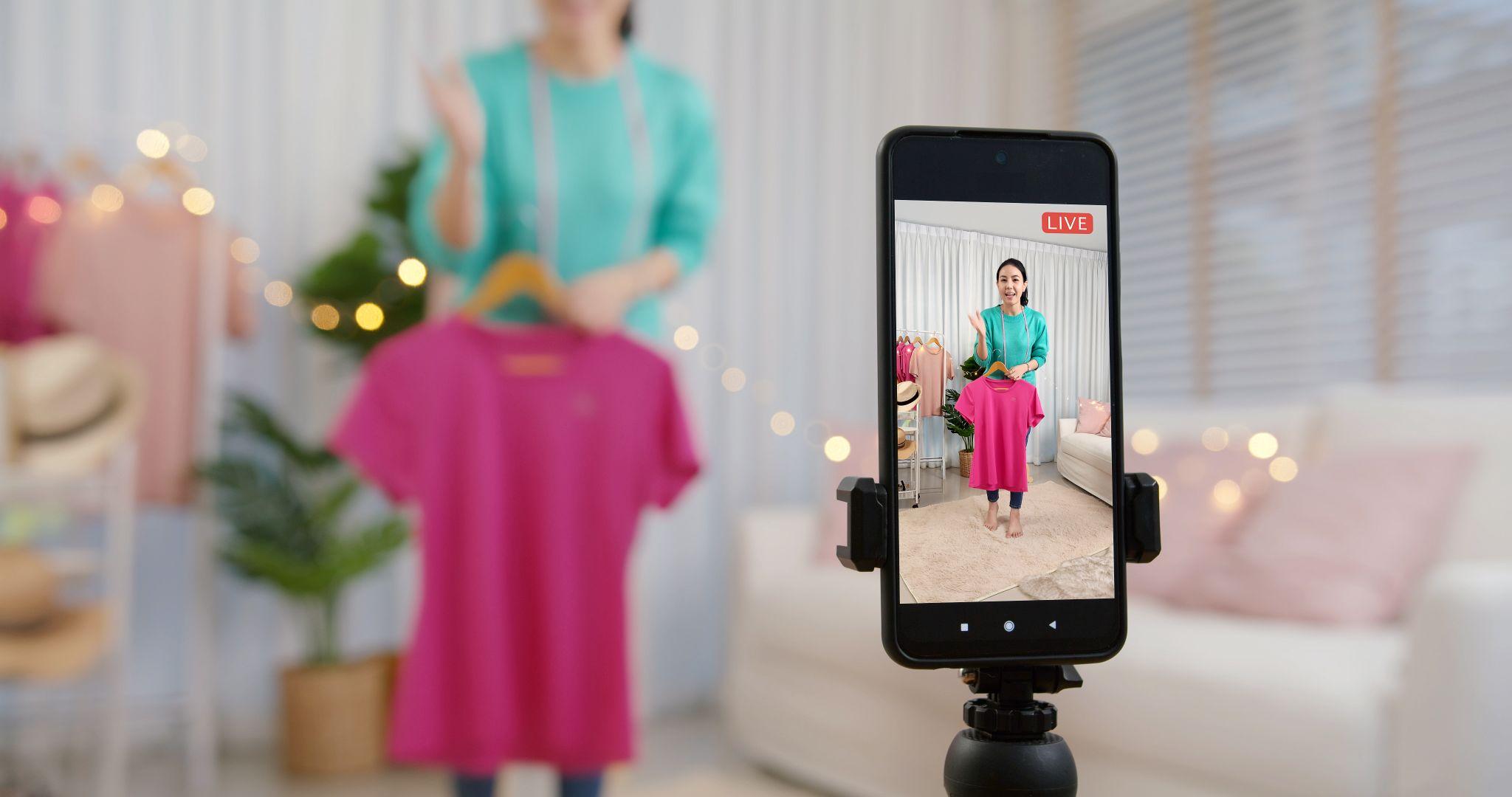
Educational content attracts and reassures. And video is today’s king format for conveying a message in a dynamic and memorable way. Create short educational videos tailored to your customers’ needs.
Video theme ideas :
- How to care for your clothes in 5 easy steps
- Styling tips for a strong everyday piece
- 3 mistakes to avoid when composing a professional look
Recommended formats: Instagram reels, TikTok tutorials, IGTV videos or YouTube shorts.
Tip: Use a fixed format (e.g. “1 minute = 1 tip”) to facilitate regular publication.
Bonus: You can always offer a downloadable PDF supplement or a mini-guide for collecting emails, but the heart of the content here lies in video and accessible pedagogy.
7. Share genuine customer reviews
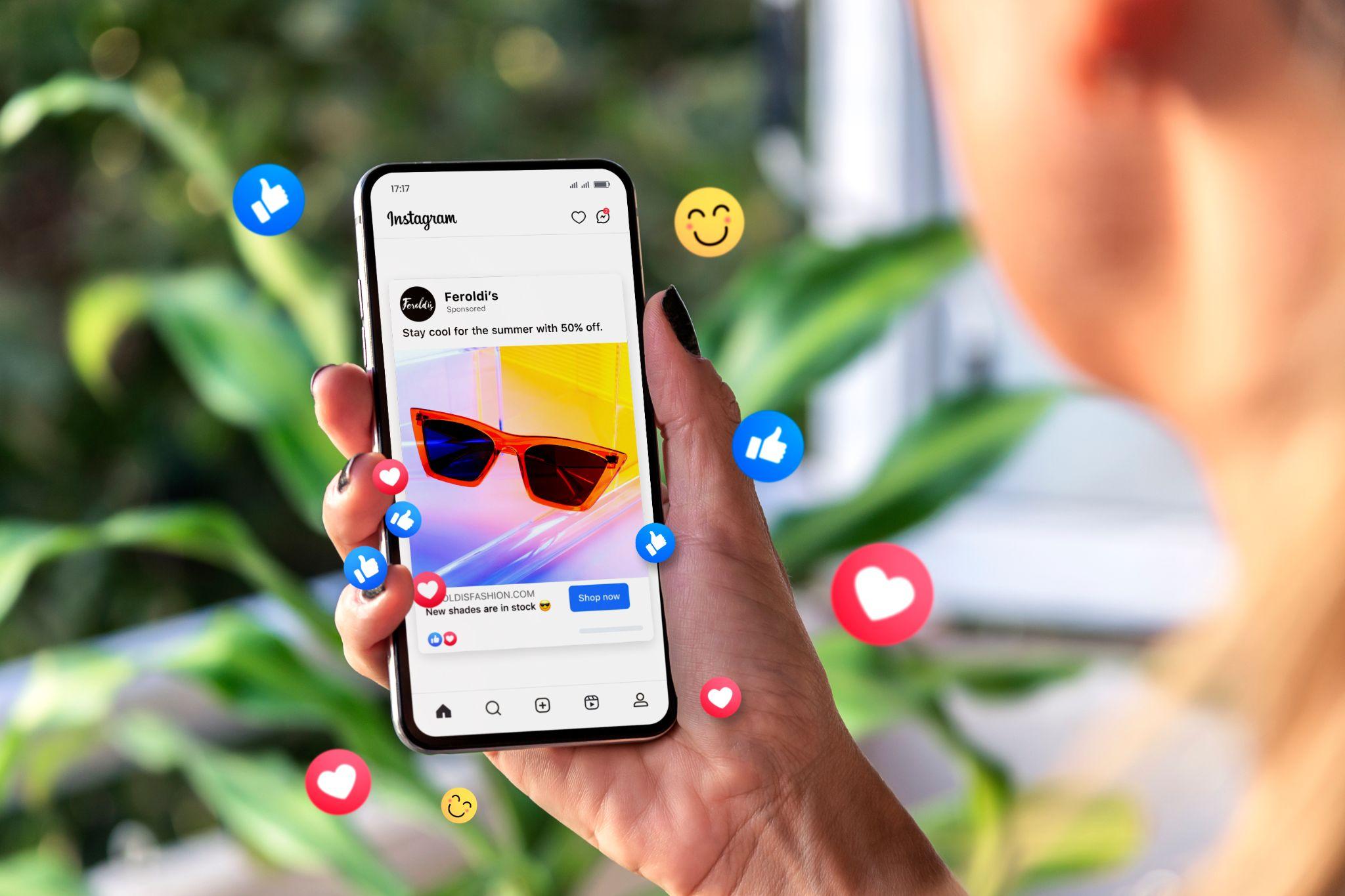
Customer reviews are powerful social proof. Publish the positive feedback you receive on a regular basis.
Recommended formats: story screenshots, testimonial videos, posts quoting satisfied customers.
Tip: Create a “Elles ont testé” or “Vos avis” section on your website or Instagram account.
8. Collaborate with local influencers
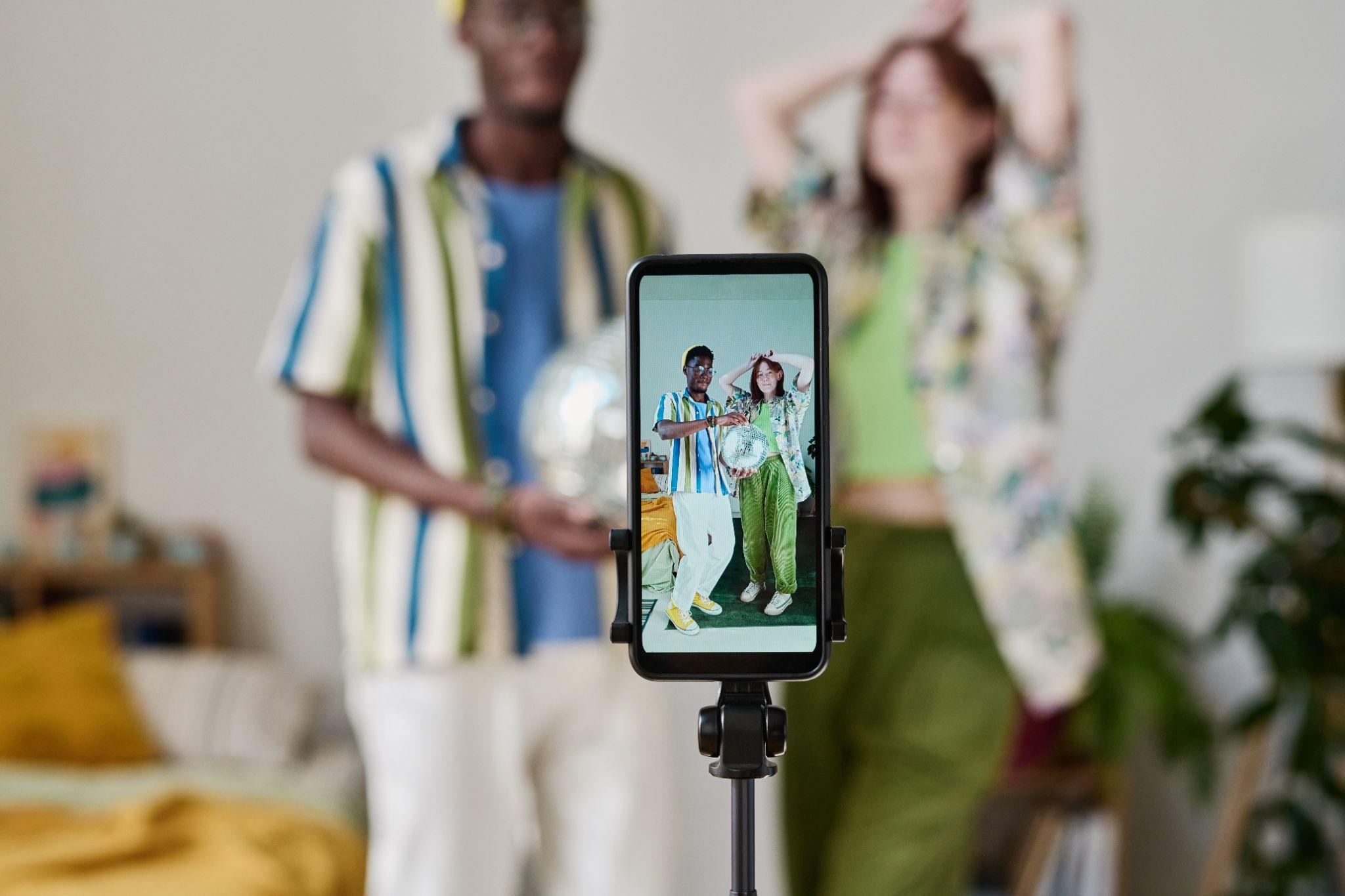
Micro-influencers are powerful levers for creating engaging content without blowing your budget.
Advantages :
- Fresh, authentic content
- Enhanced credibility
- Targeted range
Tip: Offer them an exclusive promo code + a photo shoot with your pieces.
9. Launch creative challenges with your community

Involving your audience is a fun way to create engagement, while generating authentic, viral content around your brand. A well-designed challenge can turn your customers into active, visible ambassadors.
Examples:
- #1piece3styles: show different ways of wearing the same piece and invite your customers to do the same.
- Contest for the best makeover with your favorite pieces.
- Themed photo challenge (monochrome look, imposed motif, etc.).
Recommended formats: reels, carousels with instructions, posts in stories with relay of participations.
Tip: Encourage participants to tag your account and use a dedicated hashtag. This increases your organic reach while building a gallery of easily reusable content.
Rewards: vouchers, free parts, promotion on your site, invitations to private sales or exclusive events.
10. Use the “Behind the Brand” format in storytelling

Your story is your difference. Storytelling is a powerful tool for arousing emotion, nurturing trust and strengthening attachment to your brand. Don’t just sell clothes: tell the story of why you created them, for whom, and with what vision.
Content ideas :
- Your entrepreneurial journey, your beginnings, your obstacles.
- The values that guide your collections (ethics, inclusion, style, etc.).
- The meaning of your brand name or logo.
Recommended formats: videos in face cam, mini-series in stories, post carousel “from idea to creation”.
Tip: Create a series of posts or an introductory video to pin to your profile so that new visitors immediately understand the soul of your brand. Also consider a “Our Story” or “About Us” section on your website.
BONUS – Surf the latest trends
Keeping abreast of fashion and digital trends is essential to staying visible. Adapt your content to popular formats (such as TikTok trends or Instagram reels) and bounce off viral topics.
Examples:
- Use a popular soundtrack to highlight your new pieces
- Take part in a trendy outfit challenge
- Create a capsule around a trendy motif or color
Tip: Regularly follow fashion hashtags and platforms like Pinterest Trends or TikTok Discover to stay inspired.
Conclusion
Promoting your clothing brand requires a well thought-out, but not necessarily complex, content strategy. The key is to be regular, authentic and close to your community. By combining these 10 ideas (and even 11 with the bonus!) with good organization, you’ll quickly see the impact on your sales and brand awareness.
Remember: good content attracts, reassures and converts. And with MicroStore, you have in your hands tools designed to simplify your daily life, exchange with your suppliers, and efficiently manage your collections.
📍 To go further: find the best fashion suppliers online at MyFashionWholesaler.com and benefit from privileged conditions reserved for fashion professionals.

